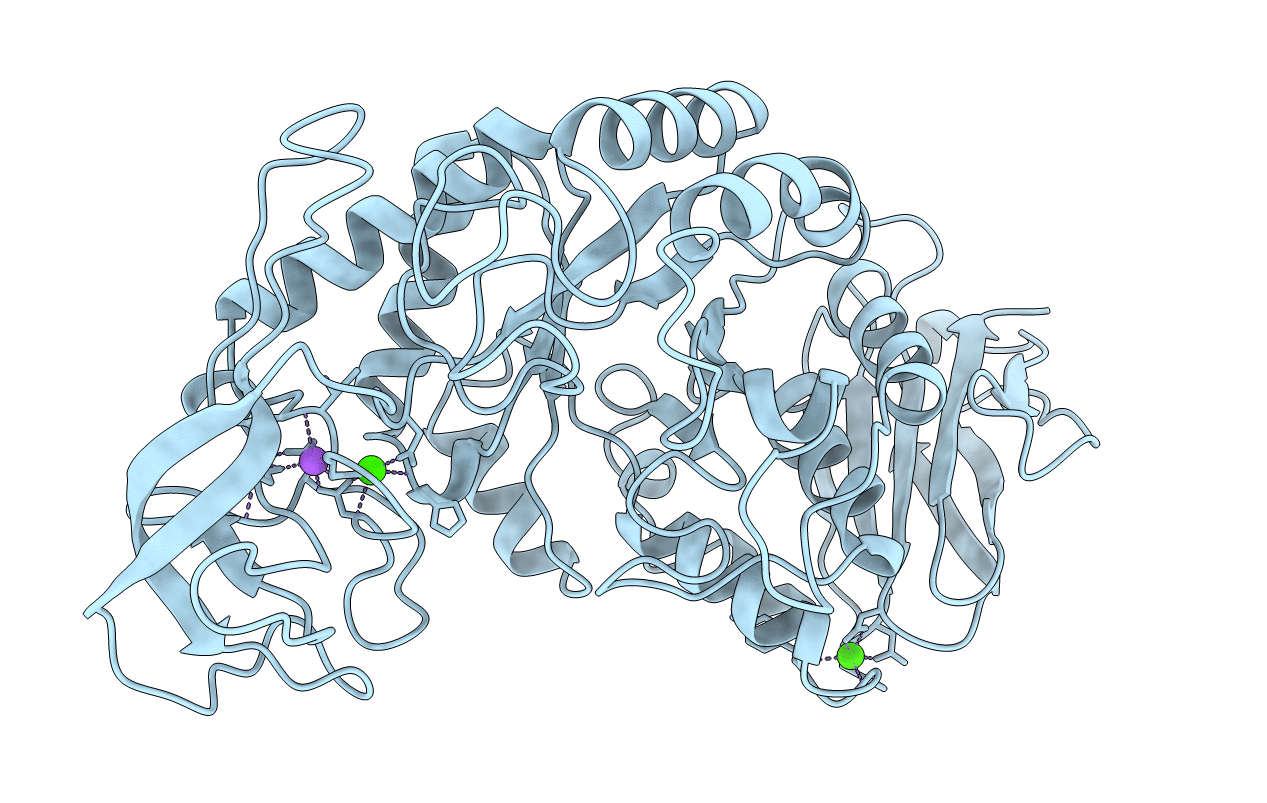
Deposition Date
1998-01-07
Release Date
1999-03-23
Last Version Date
2024-05-22
Entry Detail
Biological Source:
Source Organism:
Bacillus licheniformis (Taxon ID: 1402)
Host Organism:
Method Details:
Experimental Method:
Resolution:
1.90 Å
R-Value Free:
0.18
R-Value Work:
0.15
R-Value Observed:
0.15
Space Group:
P 61


